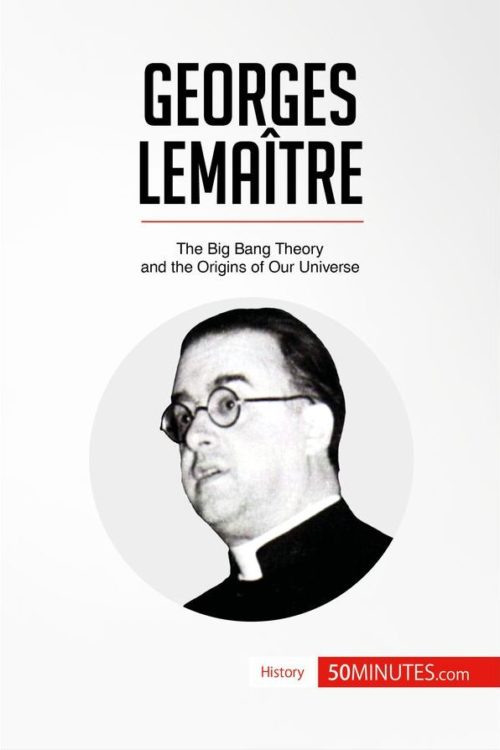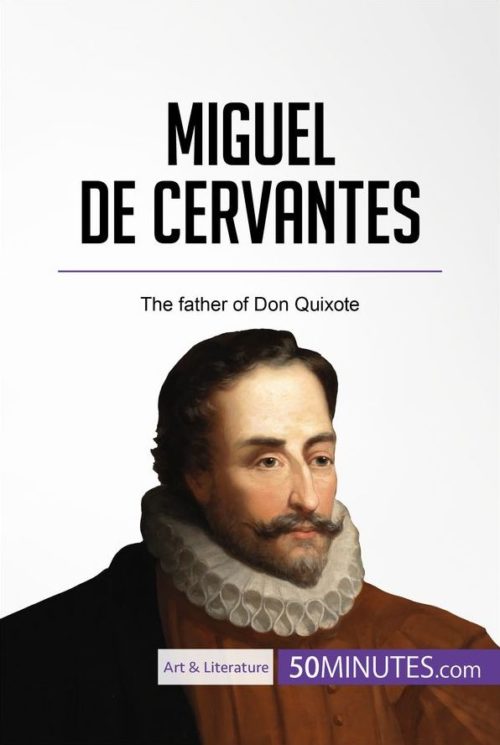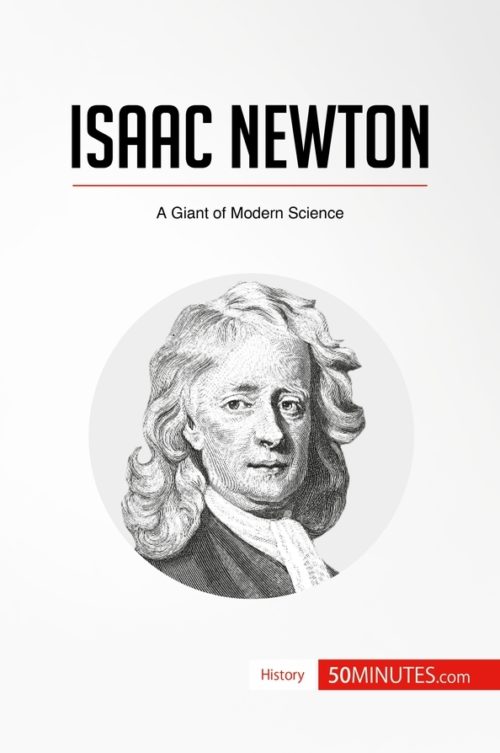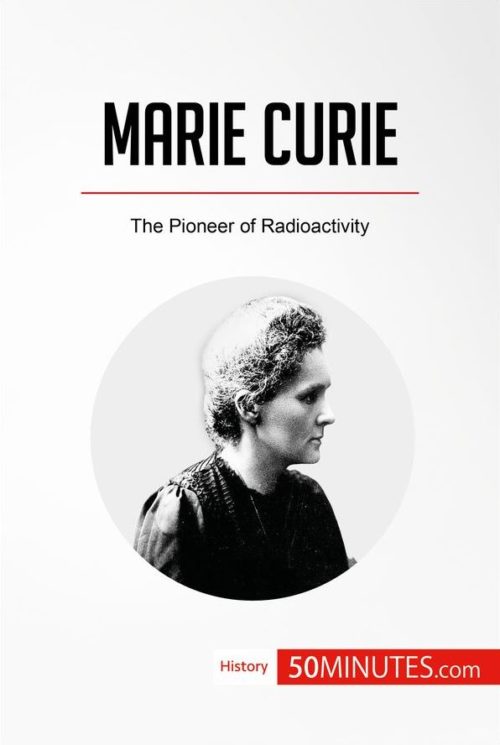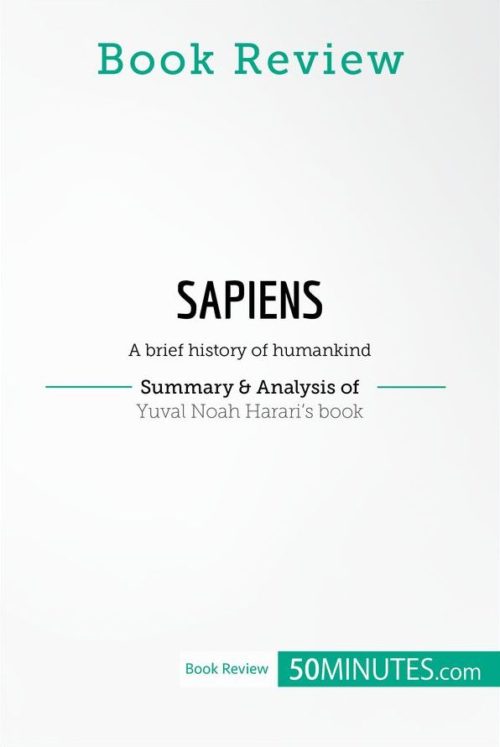Copernicus
Copernicus
$4.99
Read more
The work of Nicolaus Copernicus marked a major turning point in the history of astronomy. It was previously believed that the Earth was stationary in the middle of a finite universe, as described in the works of Aristotle and Ptolemy, but this all changed with the heliocentric model put forward by Copernicus. According to this new theory, the sun was at the center of the universe and all the planets, including Earth, orbited it. While this fact is taken for granted today, it was incredibly radical in the 16th century as it challenged the dogma of the Catholic Church and drastically altered our understanding of the universe. In just 50 minutes, you will learn about the main features and limitations of the Copernican system and find out about its significant impact, both at the time and in the centuries that followed.
This straightforward and informative book provides a thorough discussion of the Copernican Revolution, which took place against a backdrop of monumental change in Europe, marked in particular by the Reformation and the rise of humanism. It also features a full biography, a valuable introduction to the political, social and economic context and an evaluation of the impact of his work, giving you all the essential information about this pioneering figure.
About Copernicus
Nicolaus Copernicus was a Polish astronomer who transformed Ptolemy’s theory of the universe by hypothesizing that the Earth rotated on its own axis and orbited the sun, which was at the center of the universe. This challenged centuries of received wisdom and attracted the ire of the Catholic Church, which placed Copernicus’s work on its list of banned heretical books. In spite of this initial rejection, Copernicus’s ideas went on to influence many later scientists and paved the way for major astronomical discoveries.
This clear and accessible 43-page book is structured as follows:
- Nicolaus Copernicus and the Heliocentric Revolution
- Biography of Nicolaus Copernicus
- Context
- Poland, kingdom of chaos
- Humanism and the Reformation
- The discovery of America
- Highlights
- The Ptolemaic model
- Copernican observations
- The new heliocentric planetary system
- The Earth’s motion
- The limits of the Copernican system
- Philosophical reasoning
- Impact of Copernicus’s work
- A mixed reception among reformationists
- A delayed reaction from the Catholic Church
- The Copernican Revolution
- Summary
Product details
| ISBN | 9782806279194 |
|---|---|
| Publisher | Plurilingua Publishing |
| Series | 50MINUTES.COM – History |
| Format | |
| Pages | 43 |
| File size | 2.6 MB |


